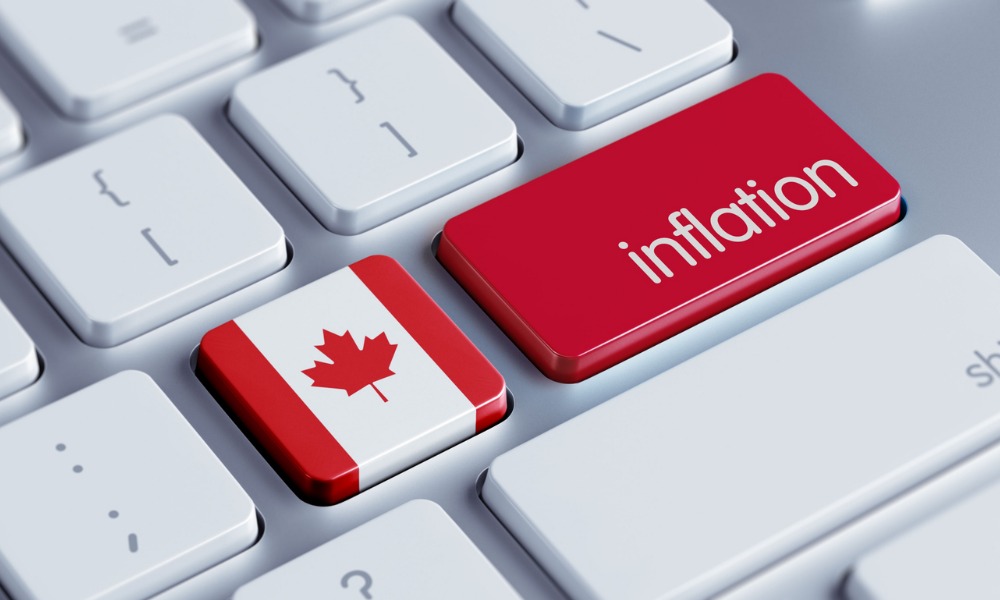Chief economist points to previous decades as a cause for concern and warns that ‘transitory’ events run risk of becoming a long-term issue

It’s time the U.S. Federal Reserve let everyone know how high inflation can go – and for how long – before it will adjust its policies.
That’s the pointed question from Brian Wesbury, chief economist at First Trust, who warned that the Fed has previous, having sat back and dismissed inflation as temporary when it crept up in the 1960s and 1970s.
“They blamed OPEC, the value of the dollar, and a stream of one-off events for temporarily lifting prices,” Wesbury said. “The Fed also thought that persistent unemployment needed to be fixed with more money printing.
“The problem is that a lot of inflation always starts with a little bit of inflation. And once the Fed gets into the habit of blaming it on ‘transitory’ events, it runs the risk of becoming more of a long-term issue.”
Questions abound now inflation is, as expected, running hot. Is it transitory and temporary, or is it real and here for the longer term? How hot will the Federal Reserve let it run, and for how long? When does transitory and cyclical become "secular" and "serious"?
Wesbury said that these are vital questions and that only the Fed has the answers. In April, the consumer price index was up 4.2% from a year ago and producer prices were up 6.2%. Wesbury added the "core" measures for each of these indexes are running at 3% and 4.6%, respectively.
The central bank, for its part, thinks the inflation surge when looked at on a year-over-year basis is overstated because it compares to a period when prices were falling during the onset of the COVID-19 crisis. It also believes recent pressures are caused by supply-chain issues that should fade as the economy continues to recover.
Wesbury countered by saying because central banks around the world have introduced Quantitative Easing in the past decade with no pick-up in inflation, the Fed believes any link between money and prices has been broken. [Chair] Jerome Powell even said we should ‘unlearn’ this idea that money growth causes inflation.”
The Fed's forecasts expect inflation to fall back down to its 2% target in 2022 and beyond. But how much comfort should this provide? First Trust estimates a 0.5% increase for the month of April and believes the U.S. could easily end up getting personal consumption expenditures of 3% or more, above its 2.4% estimate.
Wesbury said: “What we would like to know from the Fed is whether 2021 inflation matters at all? What if PCE inflation for 2021 ends up at 3.5% rather than 2.4%? How about 4.5%? Does the intensity of this year's inflation carry any weight?
“Maybe the Fed should say directly or at least signal cryptically - or maybe just leak through its favourite journalists - that it is handing out a one-year dispensation for inflation in 2021.
“Inflation can skip curfew and stay out to all hours, eat meat on Fridays, party like it's 1999, pretty much do whatever it wants through the stroke of midnight on New Year's Eve, but then has to get back into 2% compliance in 2022.
“If inflation behaves like that and gets back to its 2% target next year, then all is forgiven. We would love the Fed to be right about this but this is not the first time in history it has dismissed an increase in inflation as temporary or unworthy of serious policy attention.”



